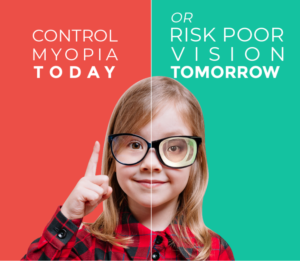
MYOPIA CONTROL CLINIC
Samyak Eye Care Clinic helps to slow the progression of nearsightedness (eye growth) through three scientifically backed control methods:
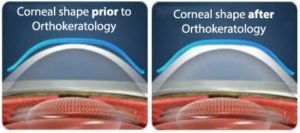
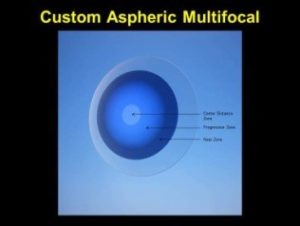
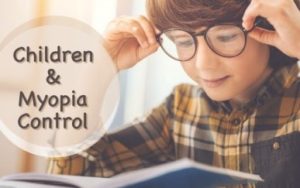
All children are at risk for developing myopia (nearsightedness); however, if one or both parents of the child has nearsightedness, the child will have a higher risk of developing nearsightedness.
The Myopia Control Clinic at Samyak Eye Care Clinic helps to slow the progression of nearsightedness (eye growth) through three scientifically-backed control methods:
1.ORTHO K Lenses or Corneal Reshaping Contact Lenses for Myopia Control
- Corneal Reshaping Contact Lenses (Orthokeratology): These contact lenses are worn while you sleep to reshape the cornea (clear part of the front of the eye), so patients can see clearly during the day without contact lenses. Research suggests that these contact lenses optically alter the eye in a way that slows nearsightedness progression.
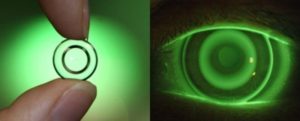
What is ortho-k?
Orthokeratology (ortho-k) is the fitting of specially designed gas permeable contact lenses that you wear overnight. While you are asleep, the lenses gently reshape the front surface of your eye (cornea) so you can see clearly the following day after you remove the lenses when you wake up.
Ortho-k lenses are prescribed for two purposes:
- To correct refractive errors (primarily short sightedness, but also astigmatismand hyperopia). In some cases, ortho-k also is used to correct presbyopia.
- To slow the progression of childhood myopia.
Ortho-k lenses are also called “corneal reshaping contact lenses” or “overnight contact lenses to correct or control myopia.”
2.Soft Bifocal/Multifocal Contact Lenses: These contact lenses were originally designed to help people with presbyopia (loss of ability to see at near with age) to see objects clearly at distance and near. Research suggests that these contact lenses have the optical ability to also slow nearsightedness progression.
- Bifocal and Multifocal Eyeglasses and Myopia Control:“Bifocals” or “Multifocals” are lenses that are designed to provide the proper distance prescription when viewing distance targets and a lower near prescription when looking lower to read or use a computer. It has been suggested that the accommodative response described previously may play a role in progressive myopia. If the accommodative response is related to the progression of myopia, it seems reasonable that the reduction of the accommodative response through the use of plus reading glasses or through the use of bifocals on already myopic children should also have the effect of reducing the rate of progression of myopia in children. Such has been reported by a number of investigators (Betz, 1949; Gamble, 1949; Miles, 1957, 1962; Parker ?)

